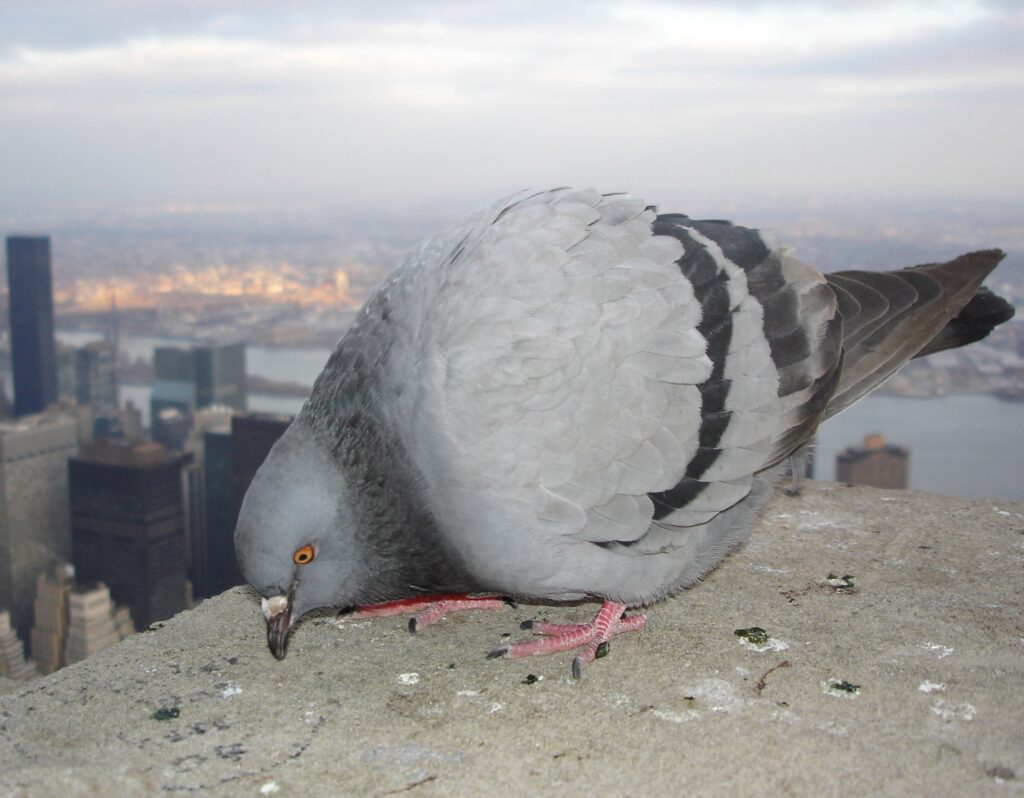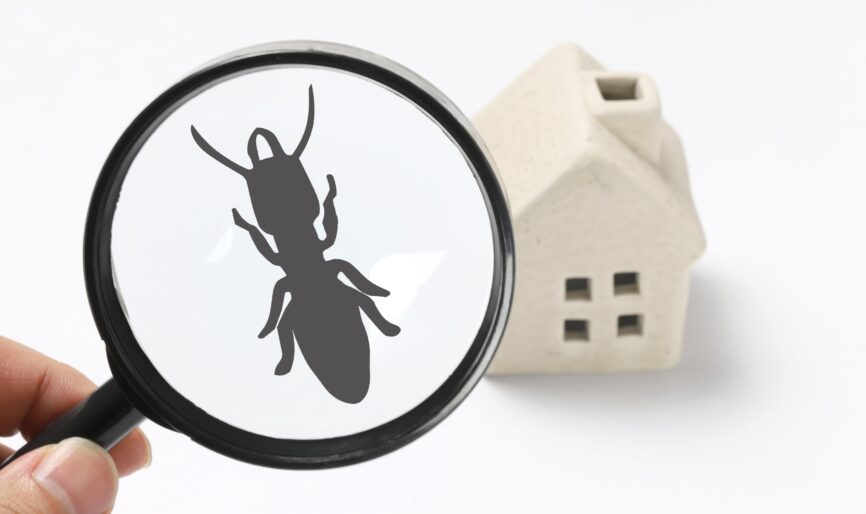Building owners in Canada are well aware of the damage pests can cause to the exterior of a structure. In some instances, evasive action must be taken to ensure the damage isn’t too serious. From birds nesting in vents to insects burrowing in wood, being on the lookout for unwanted critters is in the best interest of every property owner, whether its at an office, residence, facility, or heritage home.
“A common issue we see in buildings clad with an Exterior Insulation Finishing System (EIFS) are holes produced by woodpeckers and Northern Flickers,” said Ryan Coles, Principle at RJC Engineers. “While there are EIFS repair strategies available from all the major stucco suppliers, and solutions touted to prevent further openings, going this route means you’re only repairing small sections of the building at a time. A whole building approach would be better, or at the least, that section of wall.”

But holes in the cladding are just one concern when it comes to unwanted guests. Other issues include:
- birds nesting in vents, creating potential fire hazards above and beyond the negative impacts they have to mechanical exhaust function;
- rodents chewing their way through wires and walls, and taking up residence indoors;
- carpenter ants creating passageways through any accessible, moist wood. If you have carpenter ants, you likely have wood rot and bigger issues than ants;
- and in some geographic areas, termite colonies wreaking havoc on the wood structural components of a building, rendering it potentially unsafe.
All pest infestations need to be addressed in a timely manner to preserve the integrity of a building. Furthermore, it is critical to ensure the cause of the infestation is addressed. No one wants a repeat incident on their hands, particularly if it has associated health risks and results in the need for costly repairs.
As such, Coles recommends conducting bi-annual walkabouts of the exterior, basement, and attic spaces to monitor for signs of suspicious activity like animal droppings, nesting debris, wood shavings, or small holes. If complaints come in from occupants, it’s important to act decisively.
“React right away for anything that is reported throughout the year,” he said. “Proactively install things like bird spikes and ensure there are no openings in the exterior wall, soffit, roofs, or balconies where critters can get in. It can only take a hole the size of your pinky to let in a mouse.”
For bird nests, however, don’t act too quicky as there are rules pertaining to migratory birds that must be abided by all building owners: “Depending on the type of bird, you may not be allowed to disturb the nest until off season in accordance with the Migratory Birds Act.”
Lastly, the best way to prevent or address a pest infestation is to work with a trusted expert. Having a pest management program in place that includes thorough reviews and addresses the needs and vulnerabilities of your building is the only way to limit your exposure. Building envelope consultants and contractors are typically needed to uncover the cause and provide critical insight.
To find out more about RJC’s services visit www.rjc.ca or contact Ryan Coles directly at: rcoles@rjc.ca






